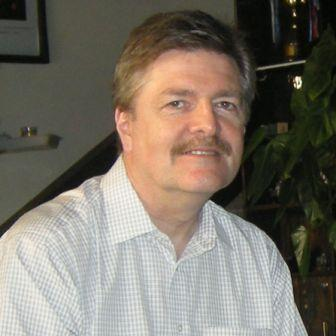Tenth Anniversary of JMSE – Recent Advances and Future Perspectives
A special issue of Journal of Marine Science and Engineering (ISSN 2077-1312).
Deadline for manuscript submissions: closed (31 December 2023) | Viewed by 60558
Special Issue Editors
Interests: marine biofouling; antifouling; bioadhesion; marine chemical ecology
Special Issues, Collections and Topics in MDPI journals
Special Issue Information
Dear Colleagues,
In 2023 we will celebrate the 10th anniversary of the Journal of Marine Science and Engineering (ISSN 2077-1312).
It has been a remarkable journey since the publication of the first Special Issue of the journal in December 2013 (https://www.mdpi.com/journal/jmse/history) with a phenomenal increase in the popularity of the journal both in terms of the number of papers published (2005 in 2022) and views they have generated (over 3.7 million in 2022). This progress has been accompanied by an increase in the impact factor to 2.744 (2021) and a Q1 ranking for ‘Engineering, Marine’.
This success would not have been possible without your support as authors, reviewers, the readership, and the dedication of the editorial teams.
We wish to mark this significant milestone by publishing a Special Issue entitled “Tenth Anniversary of JMSE – Recent Advances and Future Perspectives” and invite the submission of high-quality original articles and reviews on topical subjects within the scope of the Journal.
Prof. Dr. Tony Clare
Dr. Yi Liang
Guest Editors
Manuscript Submission Information
Manuscripts should be submitted online at www.mdpi.com by registering and logging in to this website. Once you are registered, click here to go to the submission form. Manuscripts can be submitted until the deadline. All submissions that pass pre-check are peer-reviewed. Accepted papers will be published continuously in the journal (as soon as accepted) and will be listed together on the special issue website. Research articles, review articles as well as short communications are invited. For planned papers, a title and short abstract (about 250 words) can be sent to the Editorial Office for assessment.
Submitted manuscripts should not have been published previously, nor be under consideration for publication elsewhere (except conference proceedings papers). All manuscripts are thoroughly refereed through a single-blind peer-review process. A guide for authors and other relevant information for submission of manuscripts is available on the Instructions for Authors page. Journal of Marine Science and Engineering is an international peer-reviewed open access monthly journal published by MDPI.
Please visit the Instructions for Authors page before submitting a manuscript. The Article Processing Charge (APC) for publication in this open access journal is 2600 CHF (Swiss Francs). Submitted papers should be well formatted and use good English. Authors may use MDPI's English editing service prior to publication or during author revisions.
Benefits of Publishing in a Special Issue
- Ease of navigation: Grouping papers by topic helps scholars navigate broad scope journals more efficiently.
- Greater discoverability: Special Issues support the reach and impact of scientific research. Articles in Special Issues are more discoverable and cited more frequently.
- Expansion of research network: Special Issues facilitate connections among authors, fostering scientific collaborations.
- External promotion: Articles in Special Issues are often promoted through the journal's social media, increasing their visibility.
- Reprint: MDPI Books provides the opportunity to republish successful Special Issues in book format, both online and in print.
Further information on MDPI's Special Issue policies can be found here.






